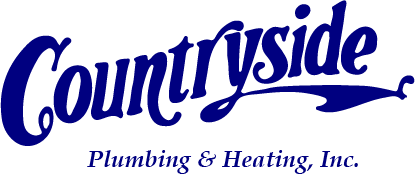Ensure That You Have Adequate Protection From Power Surges
Even though a power surge is a very serious threat, most of us don’t spend much time protecting our homes from them. A home breaker box has a surge protective device installed in it. If you rely solely upon this device, you may find out the hard way that your Home Power Surge Protection is not adequate enough to protect your utilities from power surges.
Though there is no way to fully guarantee that your home appliances are completely safe, there are a couple of things you can do to better Protect Your Home Utilities. To protect your home from a power surge you should understand what causes a power surge to begin with. Most surges are caused from storms, accidents involving electric poles and lines, as well as when an electrician is working on power lines.
Power surges come in two categories, an external surge and an internal surge. One type of internal power surge that many of us are unaware of is a surge that tends to target expensive HVAC appliances. This internal surge does not immediately damage your air conditioner; it does it over a period of time.
When an a/c unit cycles on it has to pull a lot of power to turn on, and it causes a large current to course through electrodes to push the power back into the electrical lines. Over time the electrodes inside an air conditioner can become worn out because of the strong electric currents that are pushed out when the unit cycles off.
Other appliances can also be damaged when a strong or sudden electrical current is directed into them from a power surge. There is no true way to know when a surge will occur. This means that your best defense is to implement additional surge protection equipment into your homes electrical system.
To do this you can install surge protection electrical outlets and use power strips. A power surge can be a costly mishap, but you can better protect your home by using surge protection devices. Another way you can protect valuable HVAC appliances is to schedule a power surge inspection along with regular HVAC Maintenance.

